Grout issues in new bathroom
mgedid
11 years ago
Featured Answer
Comments (9)
mgedid
11 years agolast modified: 9 years agoRelated Professionals
Palmetto Estates Kitchen & Bathroom Designers · Soledad Kitchen & Bathroom Designers · Beachwood Kitchen & Bathroom Remodelers · Port Charlotte Kitchen & Bathroom Remodelers · Saint Helens Kitchen & Bathroom Remodelers · Lawndale Kitchen & Bathroom Remodelers · Greentown Glass & Shower Door Dealers · Alton Cabinets & Cabinetry · Crestview Cabinets & Cabinetry · Los Altos Cabinets & Cabinetry · Prior Lake Cabinets & Cabinetry · Milford Mill Cabinets & Cabinetry · New Baltimore Window Treatments · Salt Lake City Window Treatments · St. Louis Window TreatmentsMongoCT
11 years agolast modified: 9 years agohomebound
11 years agolast modified: 9 years agomgedid
11 years agolast modified: 9 years agoMongoCT
11 years agolast modified: 9 years agoMongoCT
11 years agolast modified: 9 years agomgedid
11 years agolast modified: 9 years agoMongoCT
11 years agolast modified: 9 years ago
Related Stories
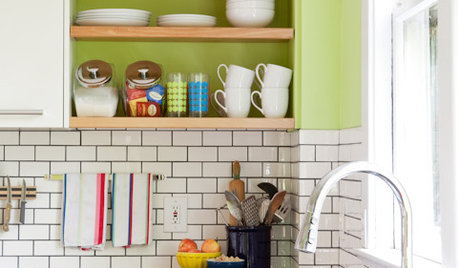
KITCHEN DESIGNSubway Tile Picks Up Gray Grout
Heading into darker territory, subway tile offers a graphic new look for kitchens, bathrooms and more
Full Story
TILEEpoxy vs. Cement Grout — What's the Difference?
Grout is grout, right? Nope. Cement and epoxy versions have different appearances, durability and rules of installation
Full Story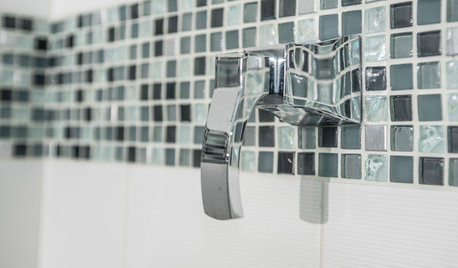
TILE3 Key Steps for Grouting That Looks Its Best
Get your grout right to keep your tile beautiful and for an installation that will last
Full Story
HOUSEKEEPINGHow to Clean Grout — Stains and All
If your grout is grossing you out, this deep-cleaning method will help it look new again
Full Story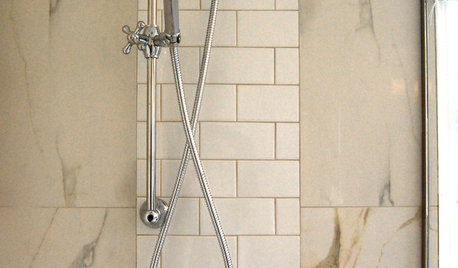
REMODELING GUIDES9 Ways Grout–Yes, Grout–Can Add to Your Design
Choose From a Palette of Grout Colors for a Warm, Unified Look
Full Story
BATHROOM TILEQuick Fix: Repair Cracked Bathroom Grout
Banish an eyesore and safeguard your bathroom from water damage in 30 minutes or less with this DIY repair
Full Story
BATHROOM DESIGNConvert Your Tub Space Into a Shower — the Tiling and Grouting Phase
Step 3 in swapping your tub for a sleek new shower: Pick the right tile and test it out, then choose your grout color and type
Full Story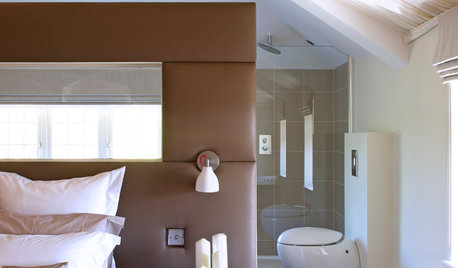
You Said It: Hot-Button Issues Fired Up the Comments This Week
Dust, window coverings, contemporary designs and more are inspiring lively conversations on Houzz
Full Story
REMODELING GUIDES9 Hard Questions to Ask When Shopping for Stone
Learn all about stone sizes, cracks, color issues and more so problems don't chip away at your design happiness later
Full Story
BATHROOM DESIGNDreaming of a Spa Tub at Home? Read This Pro Advice First
Before you float away on visions of jets and bubbles and the steamiest water around, consider these very real spa tub issues
Full Story





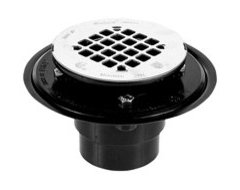

MongoCT